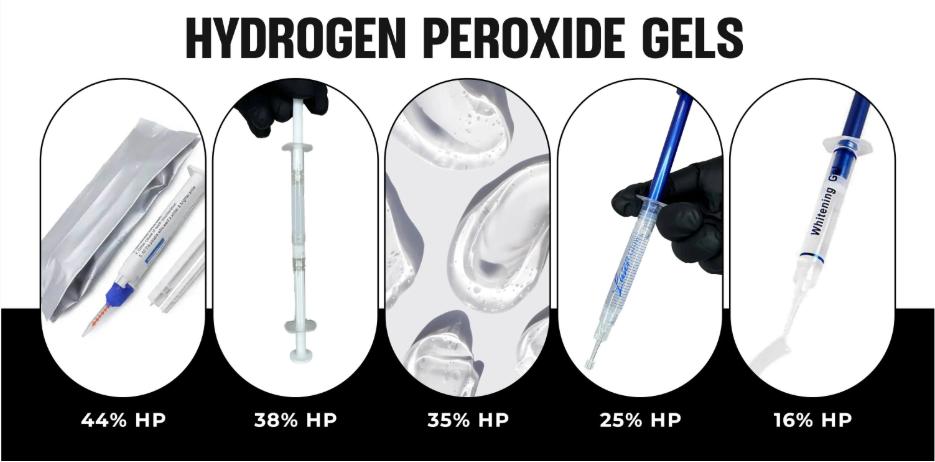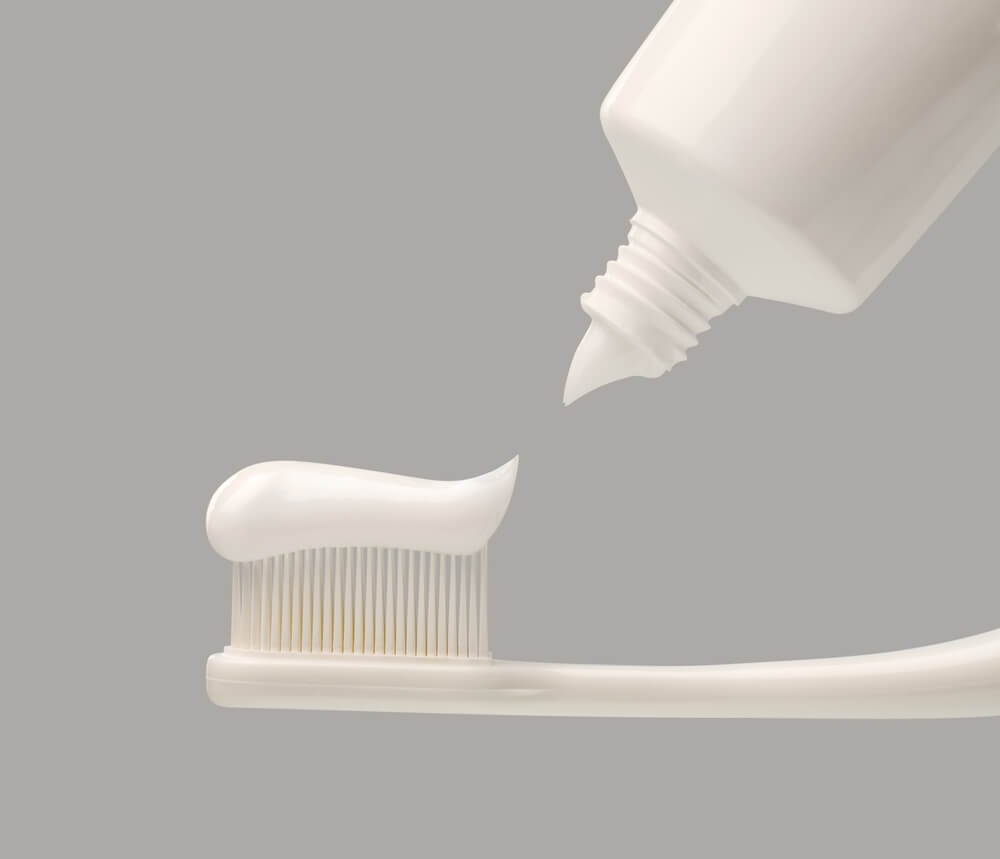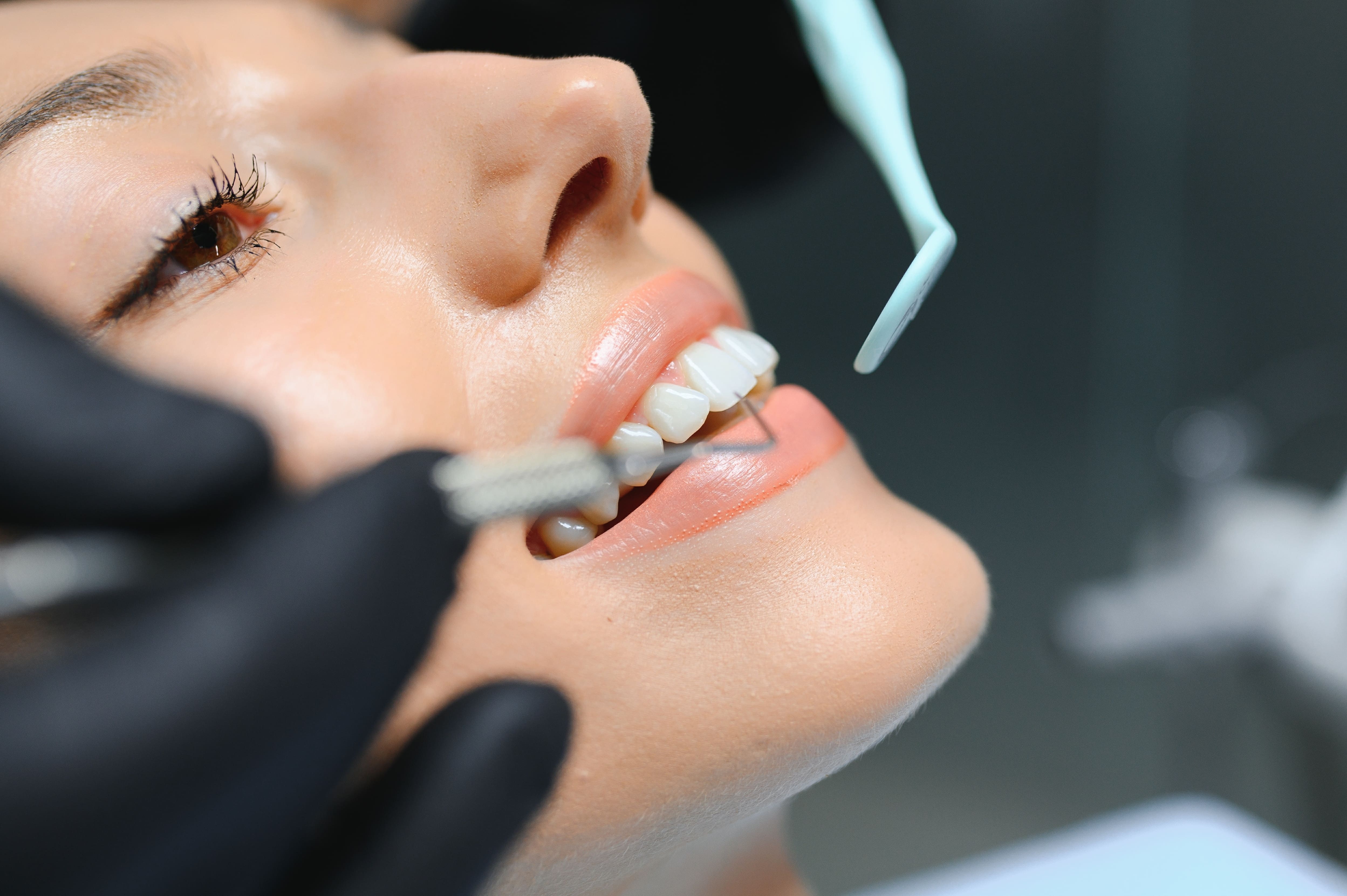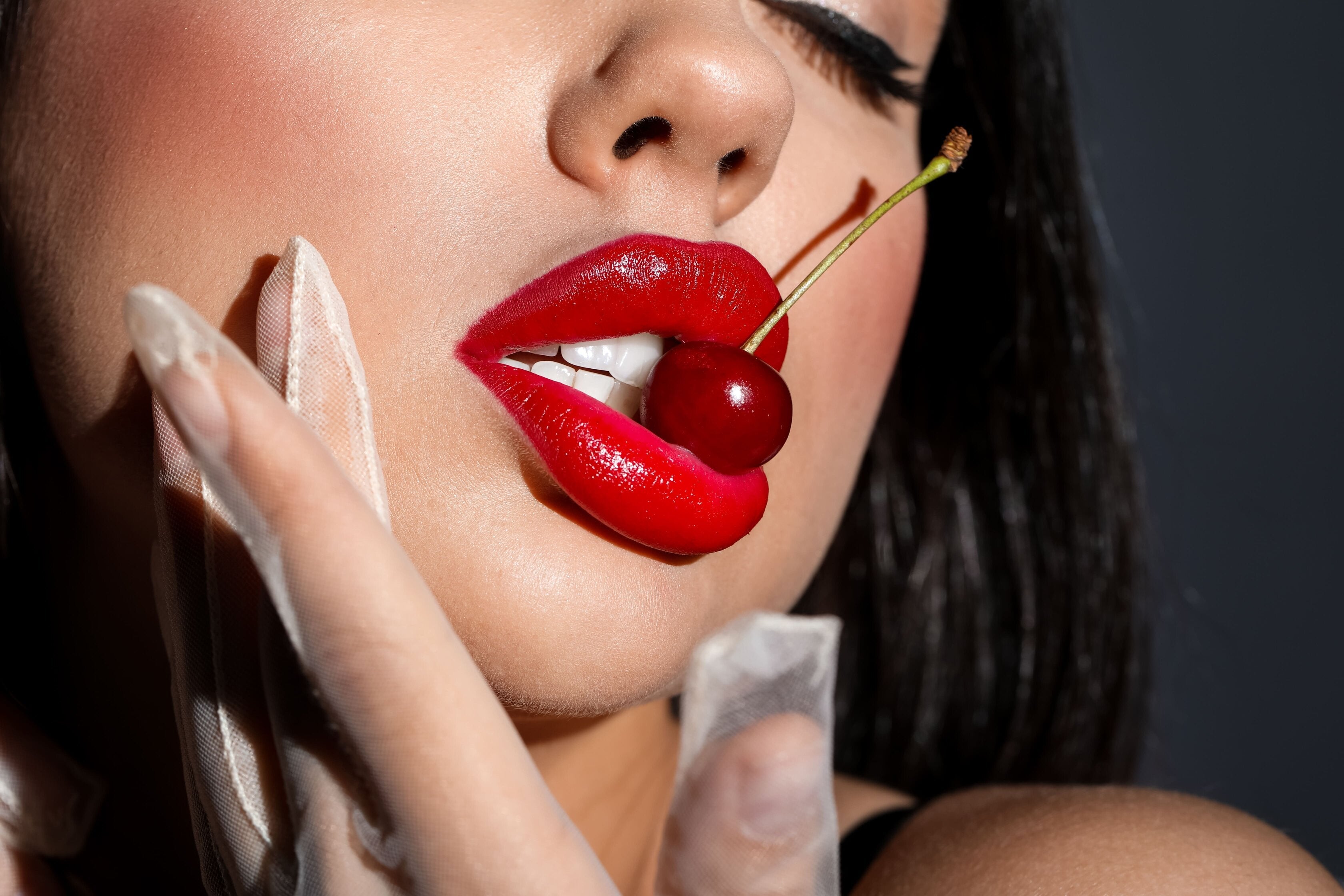HP penetrates enamel and oxidizes deep chromogens for dramatic shade lift in a single visit. Ideal for professional in-office whitening with proper isolation and timing.
Hydrogen Peroxide vs PAP+ Whitening Explained
Hydrogen Peroxide vs PAP+ Whitening
The definitive breakdown of PAP vs hydrogen peroxide whitening — sensitivity, stain oxidation, speed, and professional use. Choose the right system for every client and treatment plan.
Two Proven Paths to a Whiter Smile
PAP (phthalimidoperoxycaproic acid) whitens by oxygen-based oxidation without dehydrating enamel. Perfect for sensitive clients, frequent touch-ups, and at-home maintenance.
Pair pro HP sessions with PAP+ maintenance to sustain brightness comfortably.
Quick Compare at a Glance
-
✓Mechanism: Oxygen radicals break down deep stains within enamel.
-
✓Speed: Immediate shade lift in a single session (10–20 min cycles).
-
✓Best for: Heavy coffee/wine/smoker stains; first-time or dramatic results.
-
✓Note: Temporary sensitivity possible; mitigate with gingival barrier and desensitizers.
-
✓Mechanism: Surface oxidation without altering enamel matrix.
-
✓Speed: Progressive improvement with daily/weekly use.
-
✓Best for: Sensitive teeth, home maintenance, peroxide‑averse clients.
-
✓Note: Minimal to zero sensitivity; gentle and enamel‑safe.
| Feature | Hydrogen Peroxide Whitening | PAP+ Whitening |
|---|---|---|
| Active Ingredient | Hydrogen Peroxide (H₂O₂) | PAP (Phthalimidoperoxycaproic Acid) |
| How It Whitens | Releases oxygen radicals to break apart intrinsic/extrinsic stains within enamel. | Oxidizes surface stains without dehydration or soft‑tissue irritation. |
| Result Speed | Single‑visit, high‑impact shade lift. | Gradual lift over consistent sessions. |
| Sensitivity Profile | Possible temporary sensitivity; minimized by desensitizers and isolation. | Low to none; ideal for sensitivity‑prone clients. |
| Ideal Use | Pro in‑office treatments; heavy stains; event‑ready results. | Maintenance/touch‑ups; peroxide‑free preference; frequent use. |
| Who Uses It | Dental clinics & whitening techs (16–44% strengths with gingival barrier). | Consumers at home; pros for sensitive cases and upkeep. |
Efficacy, Sensitivity & Safety
LaserGlow Professional Hydrogen Peroxide Gels (16%, 25%, 35%, 38%, 44%) are stabilized for predictable shade lift and include comfort agents to help reduce irritation.
12% PAP+ Whitening Gel delivers visible whitening without dehydration or sting, making it ideal for ongoing maintenance and sensitivity‑prone clients.
For HP, use gingival barrier isolation and timed cycles; follow with PAP+ between visits to maintain brightness comfortably.
Choose the Right Path for Every Scenario
Start in‑office with HP (25–44%) for dramatic lift, then maintain with PAP+ weekly.
Go PAP+ as the primary system to avoid dehydration‑related sensitivity.
Use HP for rapid results; pair with PAP+ touch‑ups pre‑event for polish.
Adopt a PAP+ maintenance routine between professional HP sessions.
Professional Whitening Resources
Download protocols, safety guides, and technique tips from our Resource Center.
Frequently Asked Questions
Is PAP+ better than hydrogen peroxide whitening?
PAP+ is best when sensitivity is a concern or peroxide‑free is preferred. HP is best for fast, dramatic lift in a single visit.
Does peroxide‑free whitening actually work?
Yes. PAP+ oxidizes stains without enamel dehydration. Results build with consistent use—perfect for maintenance between pro sessions.
Which hydrogen peroxide strength should professionals use?
Choose 16%, 25%, 35%, 38%, or 44% based on stain load and tolerance; always isolate with a gingival barrier and time cycles.
Will hydrogen peroxide damage enamel?
When applied by trained professionals with proper isolation and timing, HP whitening is enamel‑safe. Temporary sensitivity may occur.
What’s the best professional PAP whitening gel?
LaserGlow’s 12% PAP+ Whitening Gel balances visible results with zero sting for sensitive clients.







